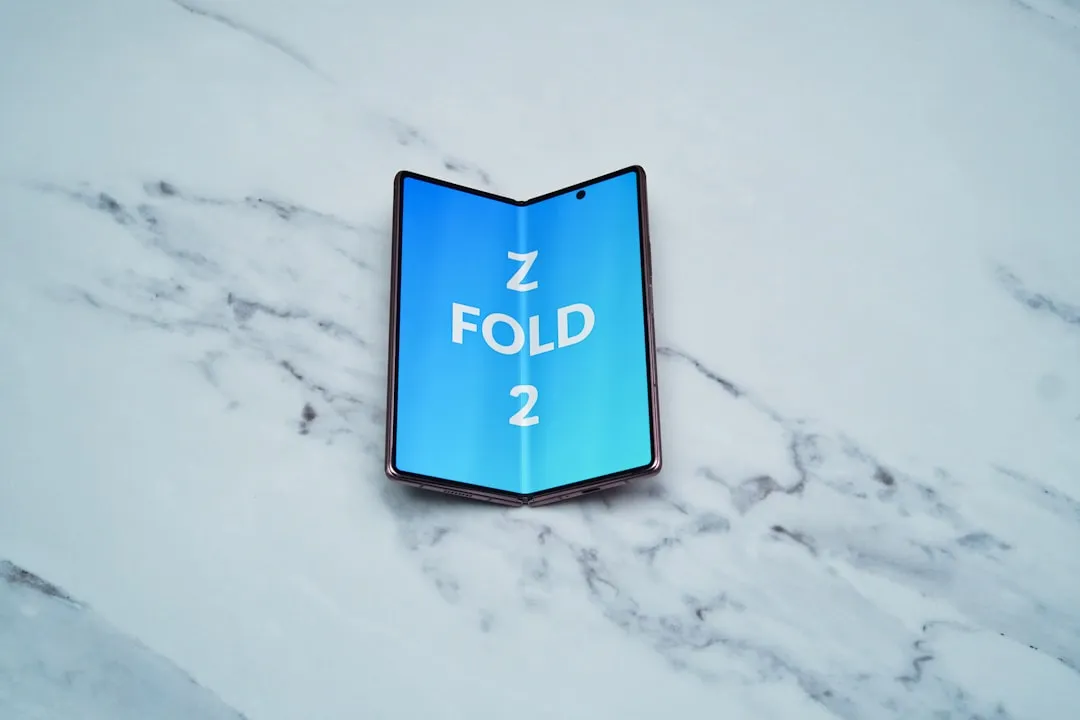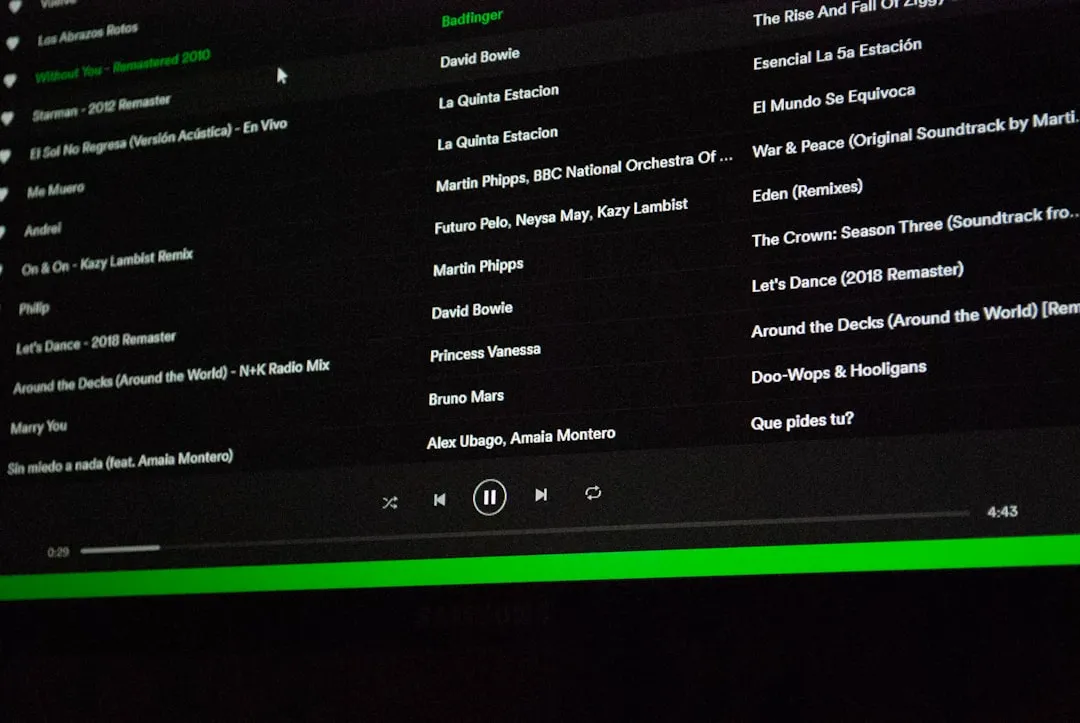Trending about Sailing

























how to
How to Tie rope bends 




Featured On WonderHowTo:
Productivity & Shortcuts



how to
How to Use sailboat basics 






Featured On WonderHowTo:
Music & Audio










how to
How to Tie a noose knot
Featured On WonderHowTo:
Augmented Reality










Featured On WonderHowTo:
Gaming



























































































































































































































